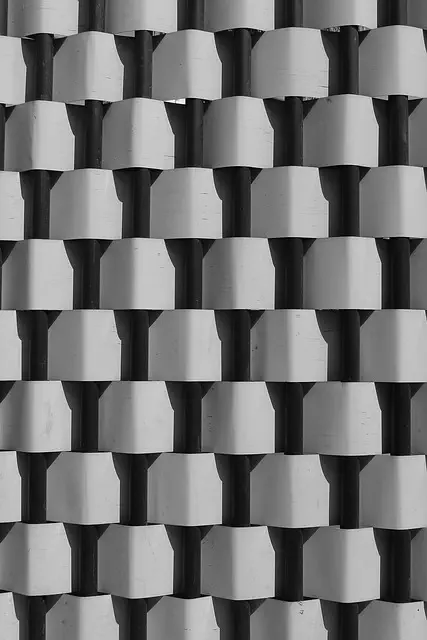Muscle soreness after workouts falls into acute and delayed onset categories, with factors like exercise intensity and recovery habits influencing it. While Kratom is touted as a natural muscle soreness reliever, there's no scientific evidence supporting its effectiveness, and it may cause side effects including gastrointestinal issues or rare yeast infections. Effective soreness management relies on proven strategies: stretching, hydration, balanced nutrition, and adequate rest. A personalized workout routine addressing individual needs and limitations is crucial for recovery; low-impact activities or targeted strength training with lighter weights can aid healing, while consistency in gentle exercise reduces stiffness and accelerates recovery.
Experience lingering muscle soreness? Customized workout plans offer a targeted approach to relief. This guide delves into the science behind muscle soreness, exploring its causes and the potential benefits of Kratom as an aid. We debunk common myths, including concerns about it causing yeast infections, to shine light on this natural remedy’s role in recovery. Learn how to create your personalized workout routine for optimal muscle repair and rejuvenation.
- Understanding Muscle Soreness and Its Causes
- The Role of Kratom in Relief: What You Need to Know
- Creating a Personalized Workout Routine for Effective Recovery
Understanding Muscle Soreness and Its Causes

Muscle soreness is a common post-workout experience, but it’s important to understand its underlying causes. It’s typically classified as either acute or delayed onset muscle soreness (DOMS). Acute soreness occurs immediately after intense exercise due to micro-tears in muscle fibers, while DOMS develops 24-72 hours later and is characterized by prolonged discomfort. Various factors contribute to muscle soreness, including exercise intensity, duration, type, and the individual’s fitness level and recovery habits.
While Kratom, a natural herb known for its pain-relieving properties, might be considered as a potential aid for managing soreness, it’s essential to note that there’s no direct evidence suggesting it can cure or prevent muscle soreness. In fact, some sources indicate that Kratom may cause side effects, including gastrointestinal issues and, in rare cases, potential yeast infections, which are unrelated to muscle recovery. Therefore, focusing on established strategies like adequate stretching, proper hydration, balanced nutrition, and sufficient rest remains paramount for effective muscle soreness relief.
The Role of Kratom in Relief: What You Need to Know

Kratom, derived from the Mitragyna speciosa plant, has gained attention for its potential benefits in muscle soreness relief. Often used as a natural alternative to over-the-counter painkillers, kratom is known for its analgesic properties. The compound contains several active alkaloids that interact with opioid receptors in the body, offering pain-relieving effects. However, it’s important to note that while kratom can be effective for some individuals, it may not be suitable for everyone. Misuse or inappropriate use could potentially lead to side effects, including gastrointestinal issues and, in rare cases, yeast infections. Despite these considerations, many users find relief from post-workout muscle soreness when incorporated into a balanced recovery routine.
Understanding the plant’s effects and proper usage is crucial. Kratom comes in various forms like powder, capsules, or extracts, each offering different experiences. Different strains also have unique profiles of alkaloids, influencing their potency and effects. For those looking to alleviate muscle soreness, opting for kratom with higher mitragynine content is often recommended due to its stronger analgesic properties. However, it’s always advisable to consult with a healthcare professional before incorporating any new supplement into your routine, especially if you have pre-existing health conditions or are taking other medications.
Creating a Personalized Workout Routine for Effective Recovery

Creating a personalized workout routine is key to effective recovery from muscle soreness. Unlike one-size-fits-all approaches, tailored exercises focus on your specific needs and limitations. Factors like injury history, fitness level, and current activity should guide your regimen. For instance, if you’re recovering from an intense workout, low-impact activities like swimming or cycling can aid in blood circulation without further straining your muscles. Conversely, for post-workout soreness, targeted strength training with lighter weights can help alleviate tension and promote healing.
When designing your routine, remember that consistency is crucial. Regular, gentle exercise helps reduce muscle stiffness and accelerates recovery. Incorporate flexibility exercises like yoga or stretching to improve blood flow and range of motion. Additionally, listen to your body; if certain movements cause discomfort, adjust or replace them. Remember, a personalized workout plan respects your unique needs, ensuring effective relief from muscle soreness without causing new issues, even something as unrelated as potential kratom-induced yeast infections.
Muscle soreness can significantly impact our daily lives, but with the right approach, it doesn’t have to be a persistent issue. By understanding the causes of muscle pain, one can effectively manage and alleviate its effects. Incorporating customized workout plans and exploring natural remedies like kratom offers a holistic strategy for recovery. While further research is needed to confirm its effectiveness, especially dispelling concerns about potential side effects such as yeast infections, personalized routines tailored to individual needs prove instrumental in achieving optimal muscle soreness relief.






